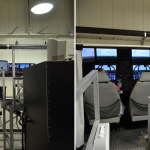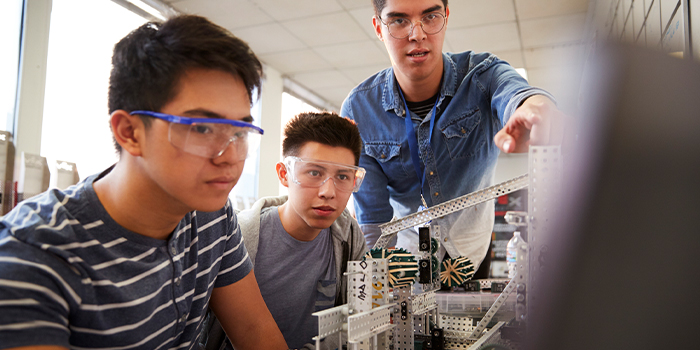Analysis of Aircraft Actuator Failures within an Undergraduate Experiential Learning Laboratory
Abstract
The design and implementation of an undergraduate laboratory is presented for the analysis of aircraft actuator failures through simulation. The laboratory was developed in the context of introducing aerospace engineering students to the practical implications of subsystem malfunctions on aircraft dynamics, performance, and control within the general framework of aircraft health management. However, the laboratory assignment can be a valuable addition to other courses in flight dynamics and controls. Advanced simulation tools are used to illustrate concepts and allow students to identify the dynamic fingerprint of aircraft actuator failures and investigate qualitatively their effects on system performance and handling qualities. The computational package relies on Matlab® and Simulink®. The typical aircraft aerodynamic control surfaces are targeted in the assignment: aileron, elevator, and rudder.


